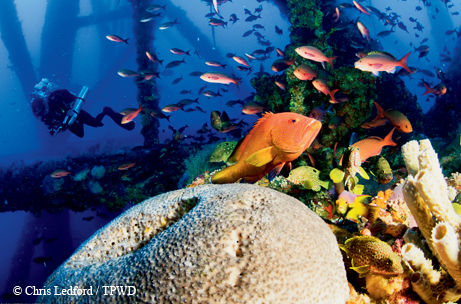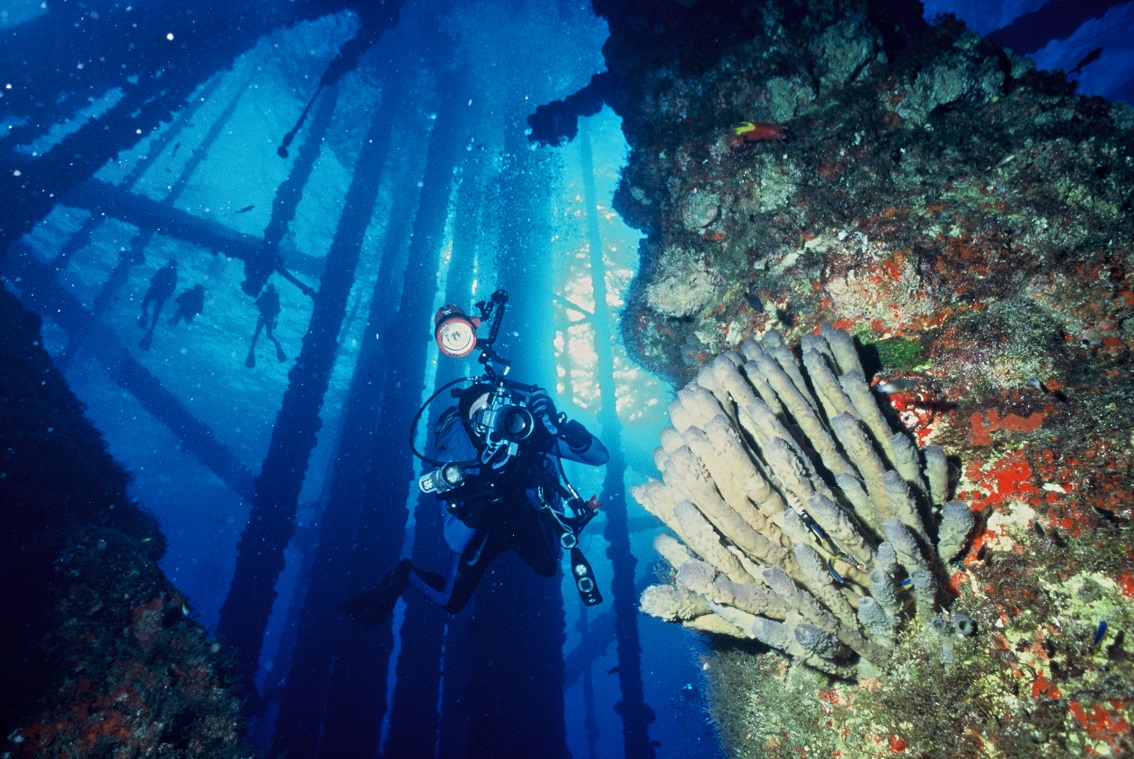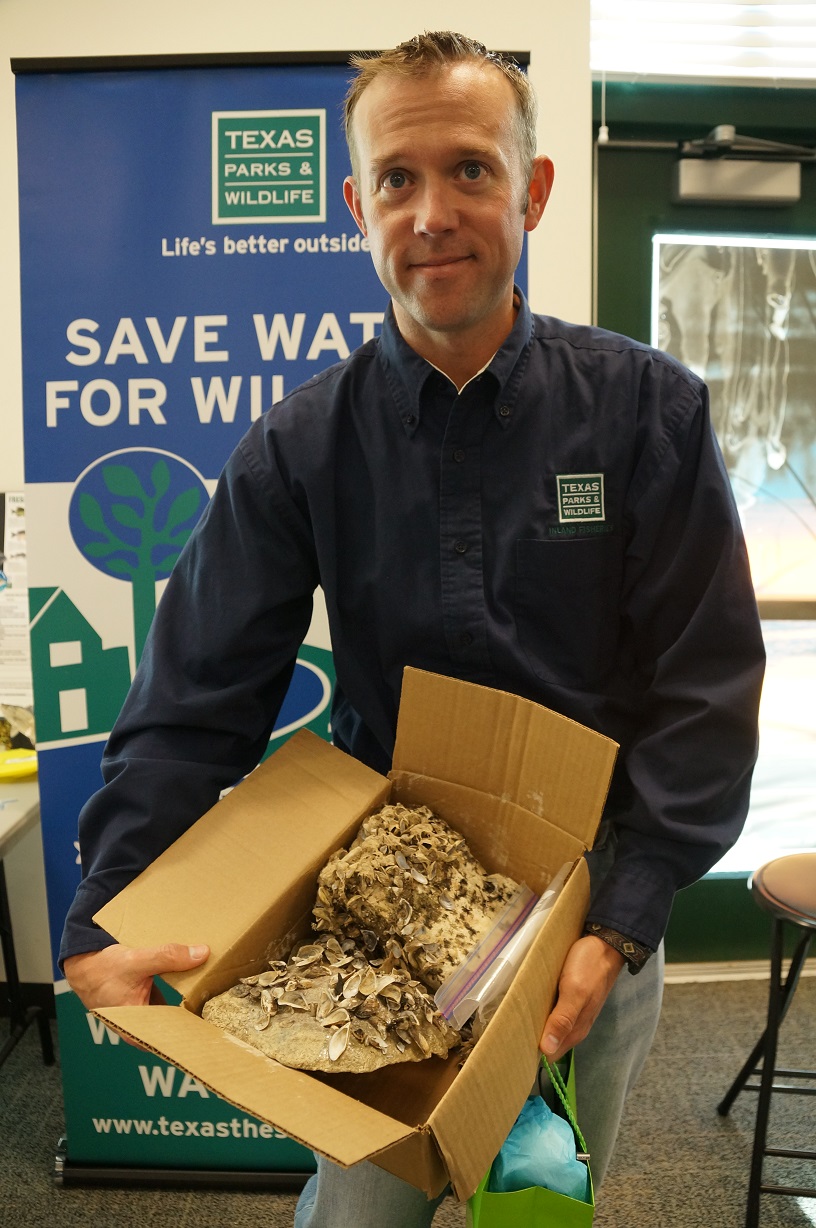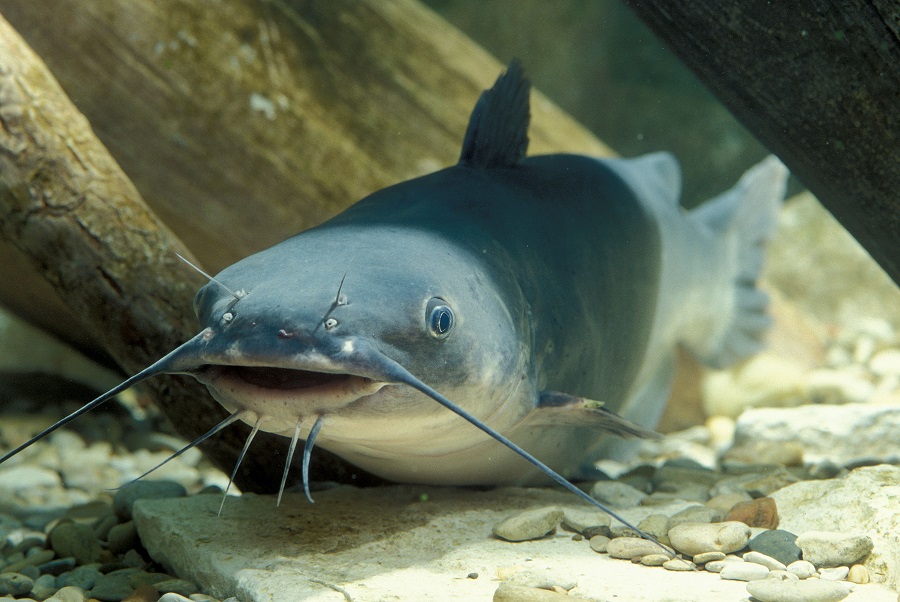Stewardship: Sycamore Canyon Ranch
Wednesday, July 16th, 2014This is Passport to Texas
Ruthie and Johnny Russell, with their sons McLean and William, own and operate the 87-hundred acre Sycamore Canyon Ranch—along the Devil’s River in Val Verde County. This family understands the importance of preserving the wide, open spaces for both livestock and wildlife.
15— We don’t want fragmentation to occur here. We love the open spaces. And you really can’t protect water, wildlife and habitat without big, open spaces. If I were a billionaire I’d buy as many ranches as I could and protect them. [laughs]
Ruthie says their goal is to protect, share and communicate the public benefits of private lands stewardship, including preserving beautiful vistas, native wildlife habitats, clean air and water.
08—We look at this as a wilderness area. A wild area. We want to preserve it. We want to protect it. And, it’s just the perfect wild place to protect.
Some range management strategies they’ve used include deferred grazing and aggressive whitetail population control. In addition, they put their ranch under a conservation easement to protect it for generations.
11—My brother and I were both raised on ranches and in the outdoors. It would never have crossed our minds had this not been put under a conservation easement to sell this land.
The Russell’s Sycamore Canyon Ranch is a regional Lone Star Land Steward Award winner for 2014.
The Wildlife and Sport Fish Restoration program supports our series, and is funded by your purchase if fishing and hunting equipment and motorboat fuel.
For Texas Parks and Wildlife, I’m Cecilia Nasti.






 Passport to Texas is a
Passport to Texas is a  Passport to Texas is made available by:
Passport to Texas is made available by: